IT Asset Management or ITAM, is a process for staying up-to-date within IT asset lifecycles, from purchase to expiration.
Thriving, modern businesses embrace technology, understanding that well-equipped teams hit targets, reach productivity goals, and strive for innovation. We find bustling offices filled with computers, employees switching between tablets and mobile devices, remote team members communicating over video calls, and professionals utilizing advanced software to design or develop products. All these tools and equipment count as valuable IT resources, allowing companies to run efficiently, keep up with their competitors and please their consumers or clients.
Whether your business is small or large, there is a high chance you have a significant number of items. You may have routers, modems, servers, computers, tablets, phones, printers, scanners, fax machines, software and applications, and even data. These assets have varying lifecycles, demanding accurate and efficient management.
Fortunately, ITAM allows businesses to keep track of their IT assets, accounting for their inventory, location, lifecycle, contract, financial value, repairs, or parts, amongst other essential elements. In this way, companies can improve financial management, reduce unexpected costs, decrease risks, and make better decisions. Find out more about managing IT resources and how it will help your business grow and flourish below.
What Exactly Is IT Asset Management?
Every company with IT assets should perform IT management. Simply, it is their practices and processes for staying up-to-date with IT asset lifecycles from purchase to expiration. It may involve:
- Cataloging the asset into a particular system, informing the company or managing department of its existence and its specific product information.
- Verifying that each asset is in usable form, which may include installations, repairs, security set-ups, updates or patches, etc.
- Scheduling regular maintenance, repairs, or updates to extract the most value from the asset possible.
- Purchasing new equipment, hardware, or add-on to ensure safety, performance, or security.
- Staying up-to-date on licenses, contracts, or subscriptions is necessary to maintain usability, peak performance, and reduce risk or liabilities.
- Ensuring the asset provides enough value in relation to costs
- Tracking location or inventory of the item, or how and where it is used on a network
- Understanding when a product is nearing or has reached the end of its lifestyle, to plan strategically.
- Providing key stakeholders up-to-date information regarding the inventory of assets, worth, use, performance, maintenance and repair, and risks.
Learn more: IT Asset Management (ITAM)
In the past, companies needed to file this information, update it regularly, and remember to keep track of every asset manually. Today, all the processes can be automated courtesy of ITAM software or applications. It allows managing departments to input data, retrieve information, generate reports, and update or receive updates easily.
What Is IT Asset Management Software?
IT asset management software are programs facilitating all aspects of IT asset inventory, tracking, updates, maintenance and repair, and replacement. In particular, AssetIT has features that automate those painstaking manual tasks and improve how businesses and their key stakeholders use their assets.
Users can look forward to the following benefits of IT asset management software:
Simplicity
The ultimate goal of an ITAM program is to make management more effortless. Departments can bypass building and maintaining spreadsheets or change management frameworks. They can also avoid software containing too many elements, hard-to-find features, or unnecessary data inputs. AssetIT features clear asset categories, straightforward fields, easy-to-use workflows, and custom reports.
Organized Asset Inventory
Take advantage of clear asset categories, models, locations, assignees, and other, customizable asset attributes. You can retrieve group information or specific product data easily. Notably, AssetIT allows you to assign an Asset Tag to hardware assets, software, or valuable consumables. Accordingly, you can create a unique barcode or QR code. Simply scan the code to check all up-to-date information about the specific asset quickly.
Efficient Asset Tracking and Control
Businesses must obtain maximum workflow efficiency when it comes to inventory management. Since this is the case, accurate and reliable IT asset inventory, tracking, and compiled reporting should be prioritized. Fortunately, with AssetIT, you will have efficiency on your side and ensure compliance. You can easily access asset information, schedule repairs or maintenance, stay up to date with software licenses, keep track of contractual obligations or updates, understand use value, transfer or relocate assets, or take assets out of rotation.
Accessories, Licenses, and Consumables Management
IT items also include accessories, licenses, and consumables; however businesses may like to organize these types of assets differently than typical hardware. These products have different lifecycles, so they may wish to update or track varying product information. Alternatively, when they are lumped together under assets, businesses may miss important elements such as liscence updates or subscription renewals. Worse, they may lose track of the items, especially if they are small accessories, adding up to unnecessary company losses. AssetIT provides separate tabs/groups for accessories, licenses, and consumables, ensuring the best lifecycle management.
Asset Booking
What about IT departments that frequently lend or loan out varying equipment to their employees or partners? They may have desktop computers, laptops, tablets, phones, or various accessories to provide to new hires, traveling professionals, or those with broken devices under repair. In traditional asset management, updating the assignee and location can be time-consuming. The continuous in-and-out process can also lead to mistakes such as losing track of assets or simply not knowing when a piece will be available again for future projects. With an asset booking system, businesses can create an organized calendar, facilitating tracking and allowing future booking and planning.
Custom Reporting
When businesses need to make crucial decisions, whether considering finances, equipment, productivity, investments, or risks, IT assets should be a factor in their choices. Likewise, key stakeholders and investors need to regularly view important data about a company’s assets. In these cases, it is critical to be able to generate reports. AssetIT lets you quickly choose which data to include in the report and create a document. Additionally, it can export in varying readable formats such as Excel, CSV, or PDF.
Choose an IT asset management system that works for you. AssetIT is a flexible, customizable software making it easy for businesses and departments to manage their IT resources.Try it now for free!
This Ebook provides a comprehensive overview of ITAM, its benefits, and common challenges faced by organizations. We will also explore how to implement IT Asset Management using Jira, a popular project management tool, and best practices for managing resources.


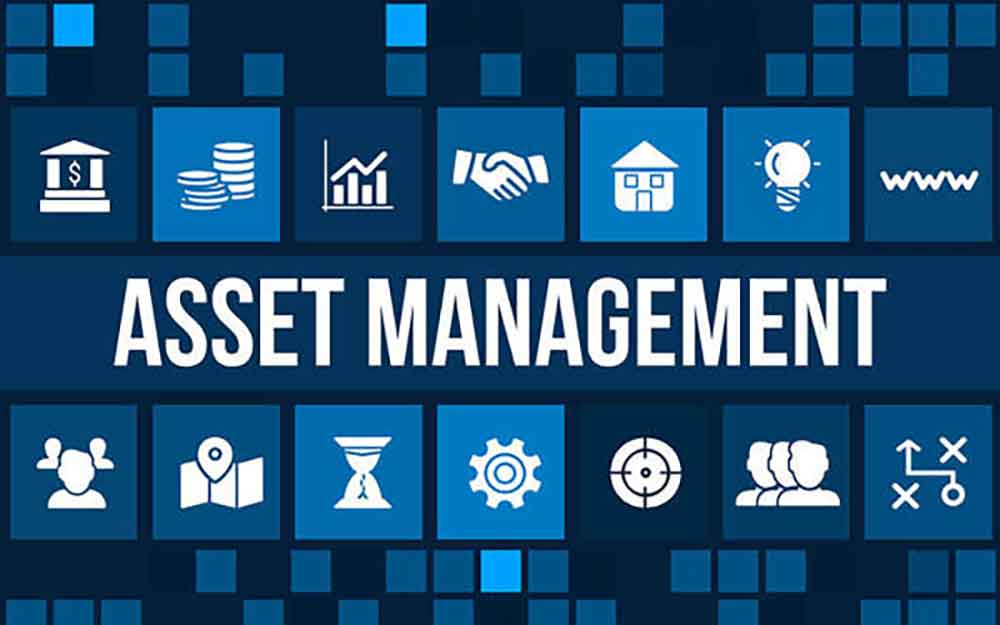

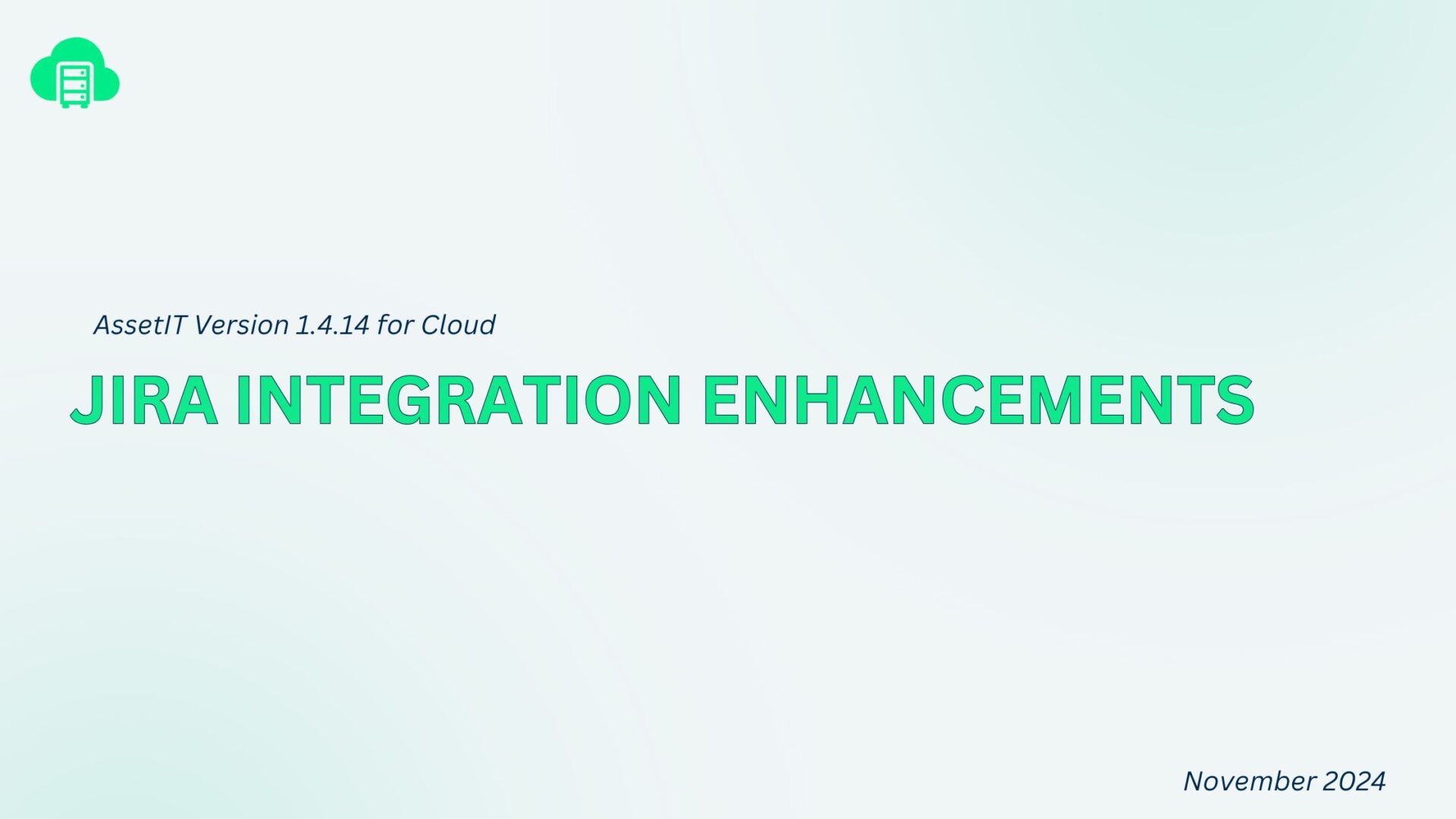
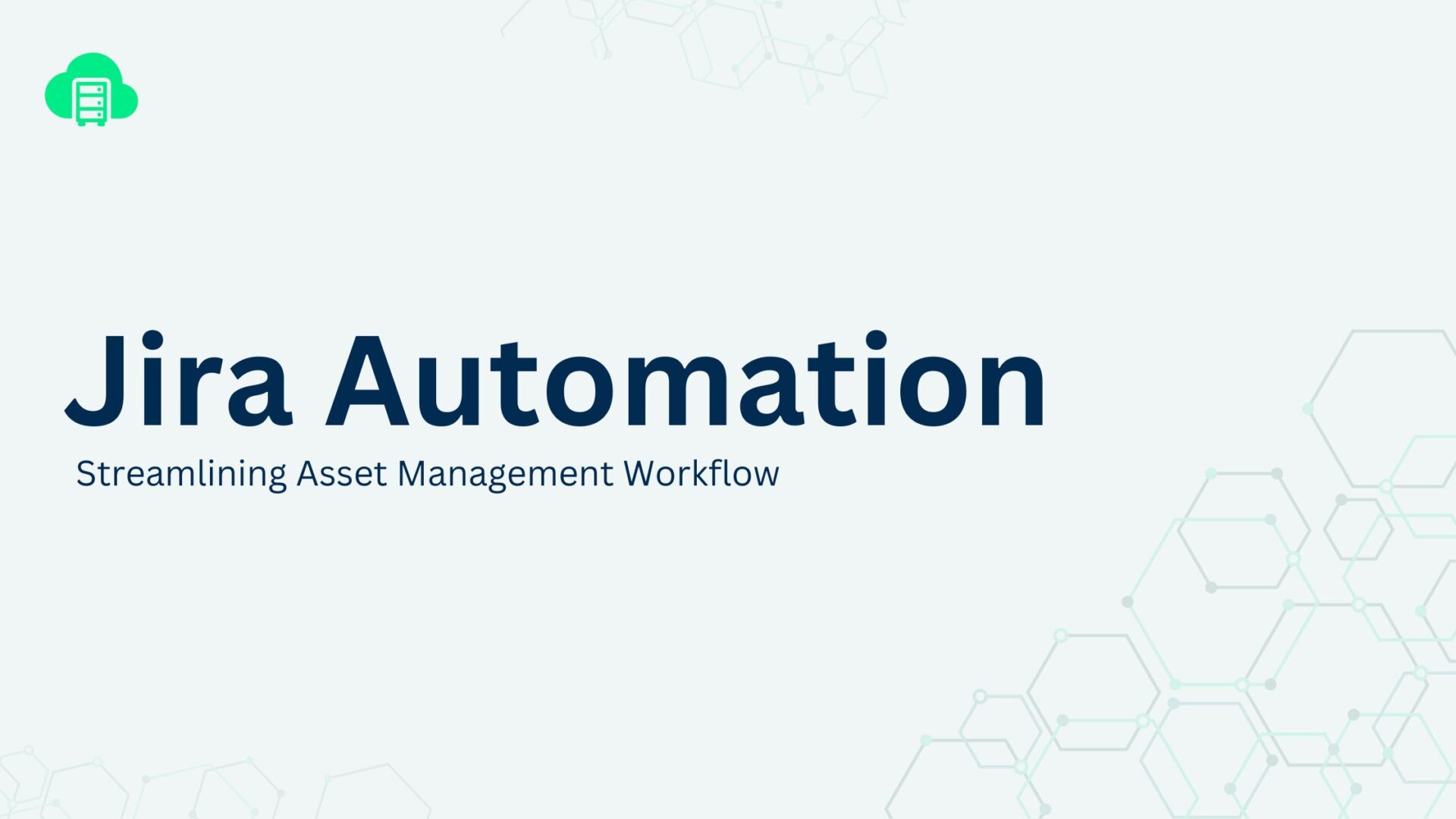
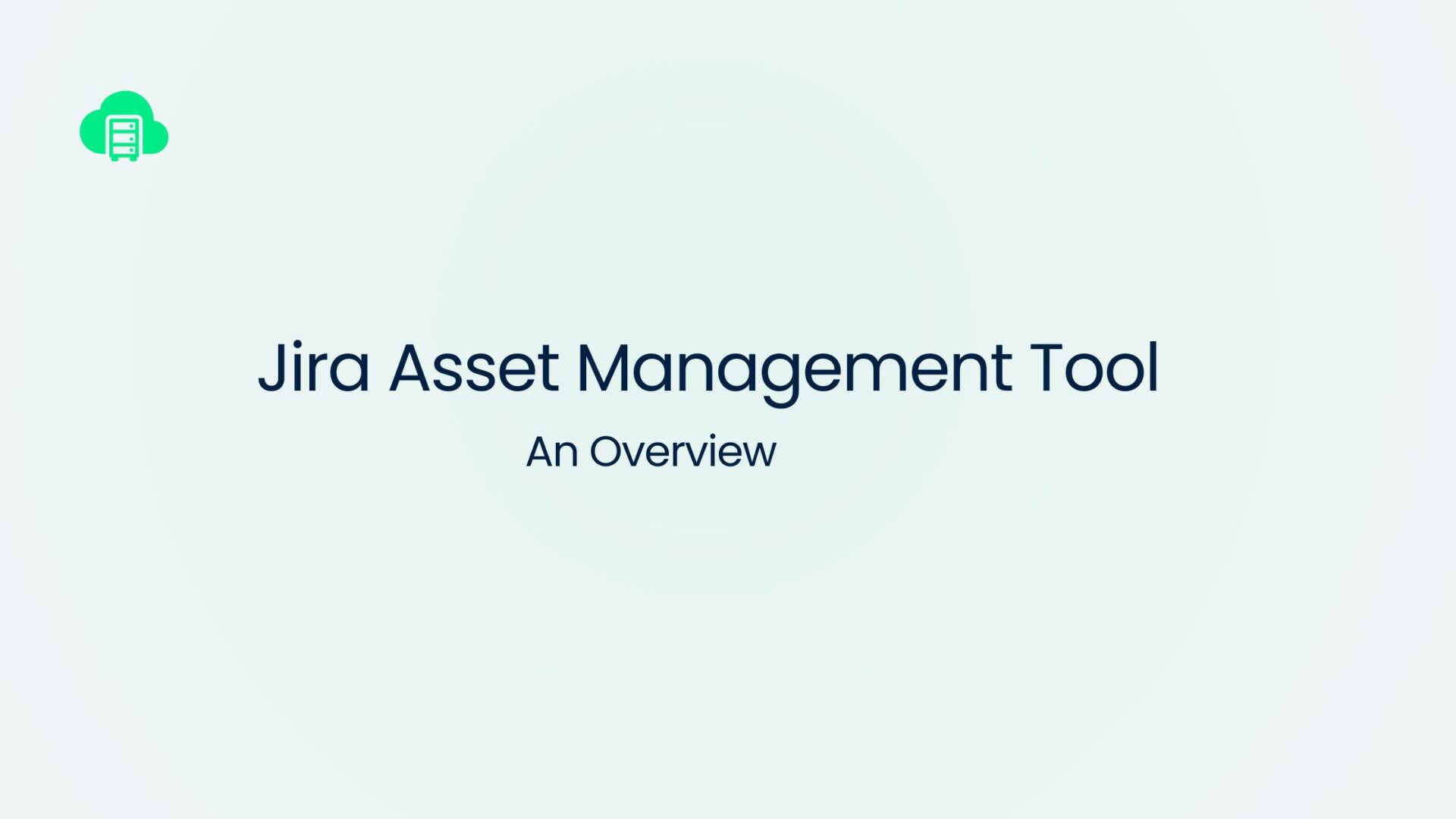

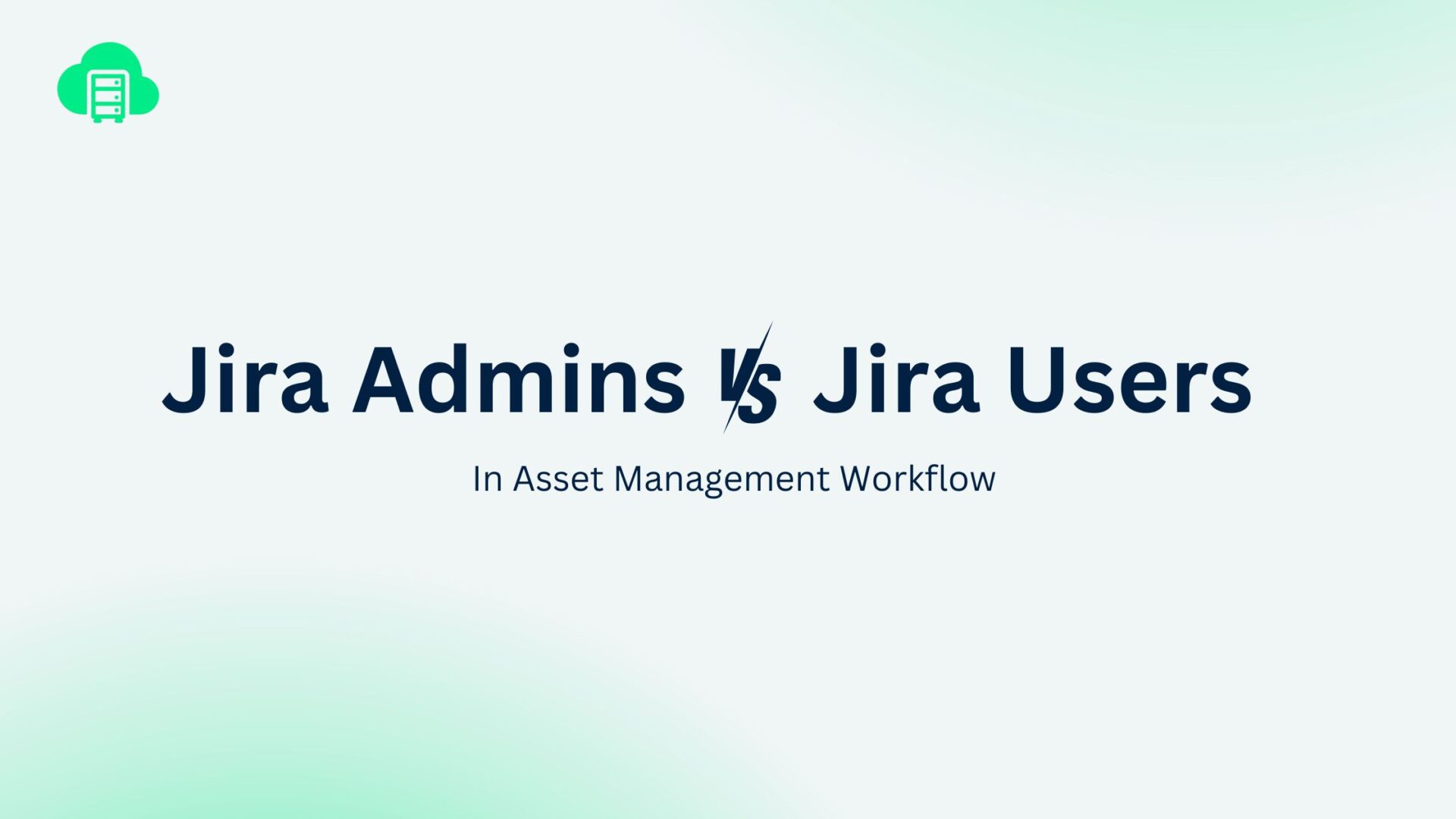
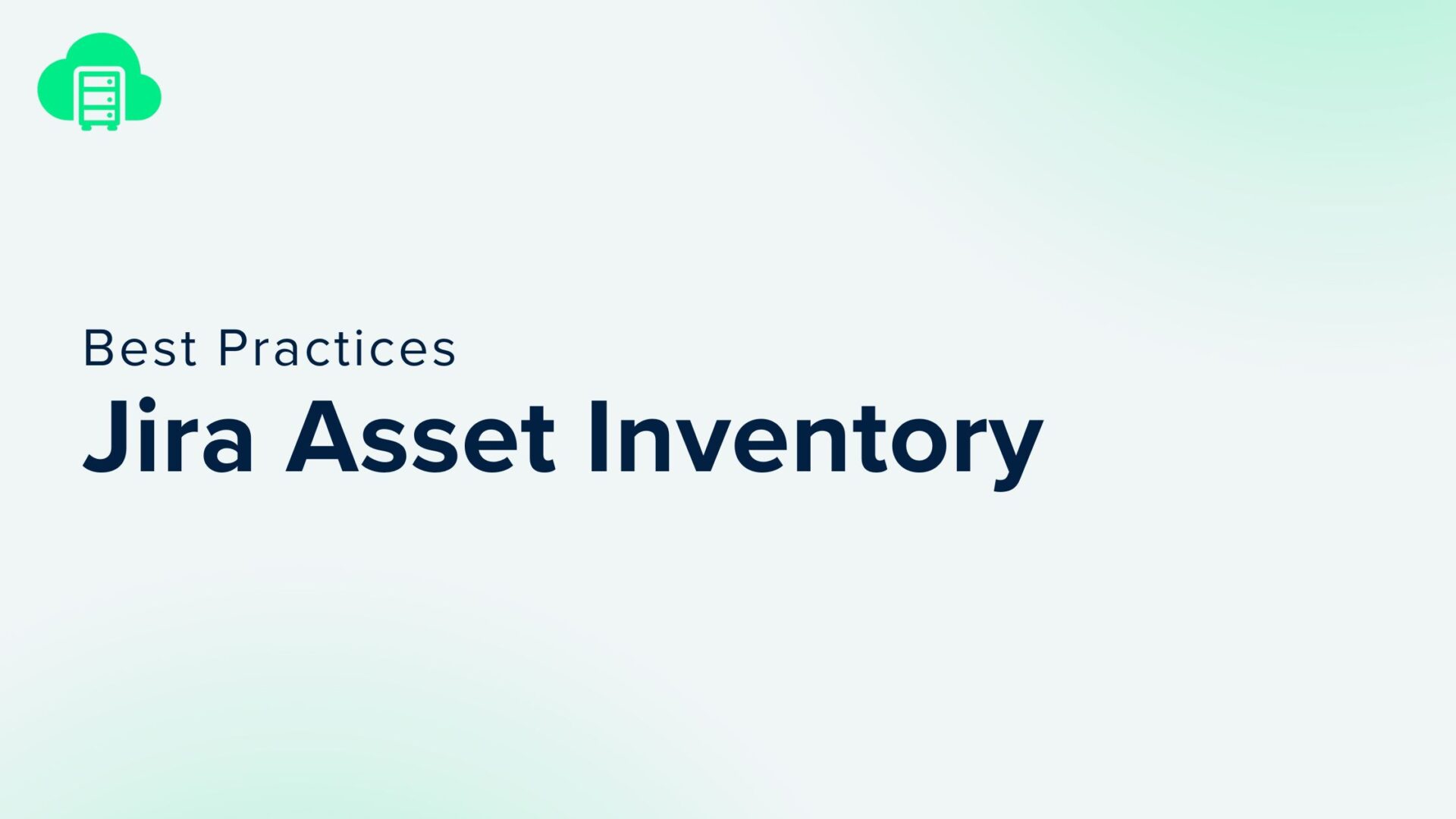
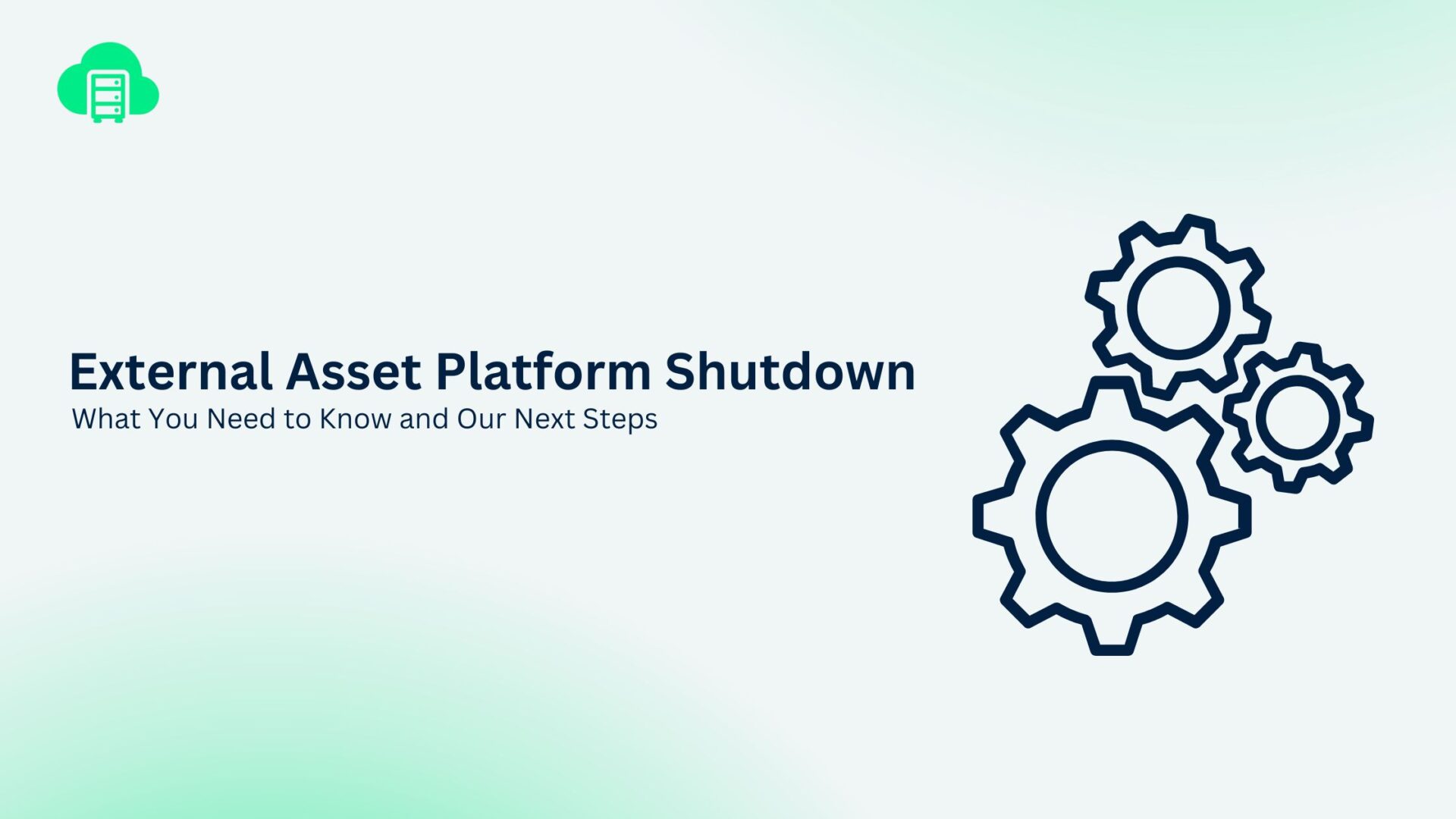
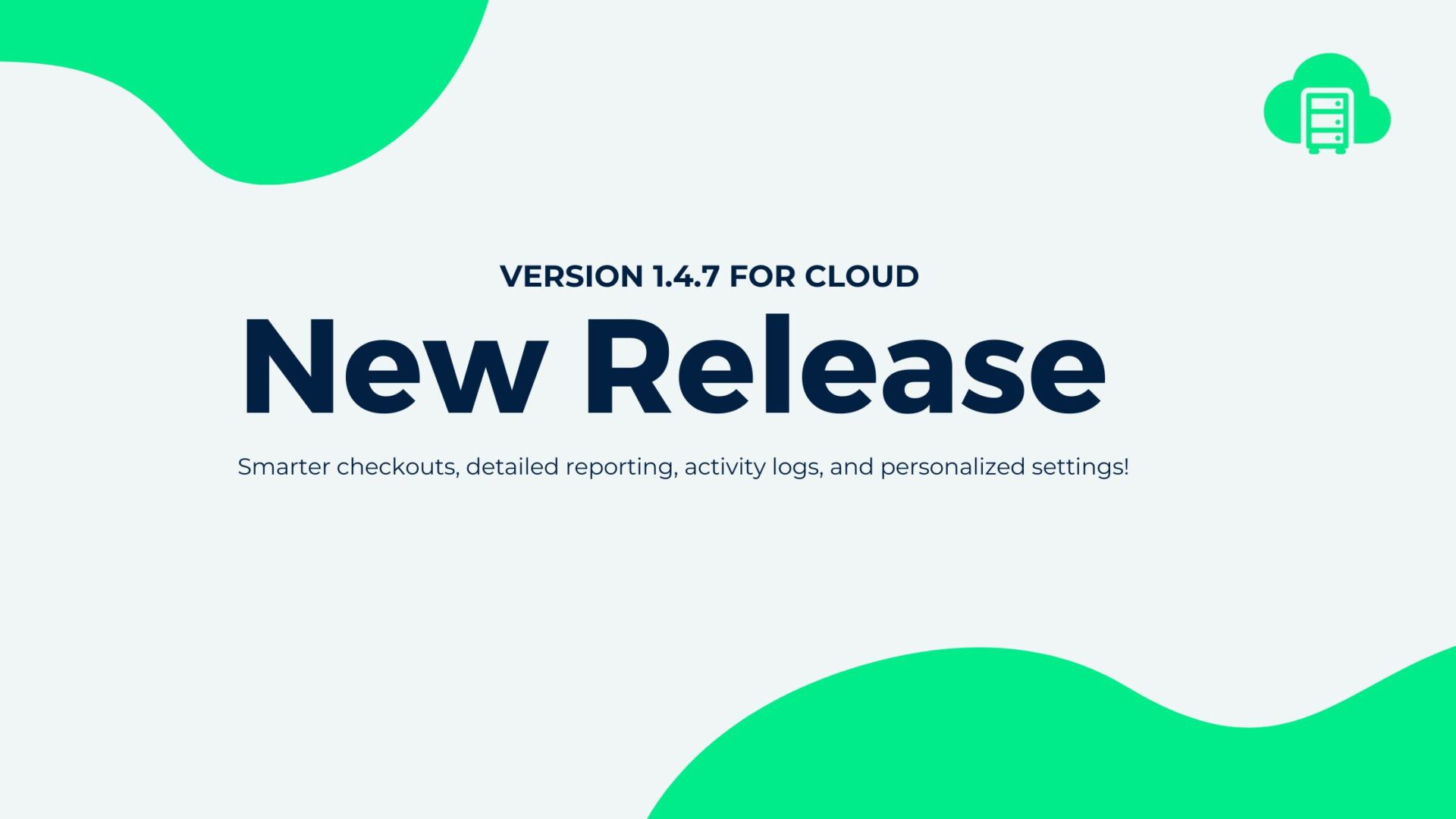
Recent Comments